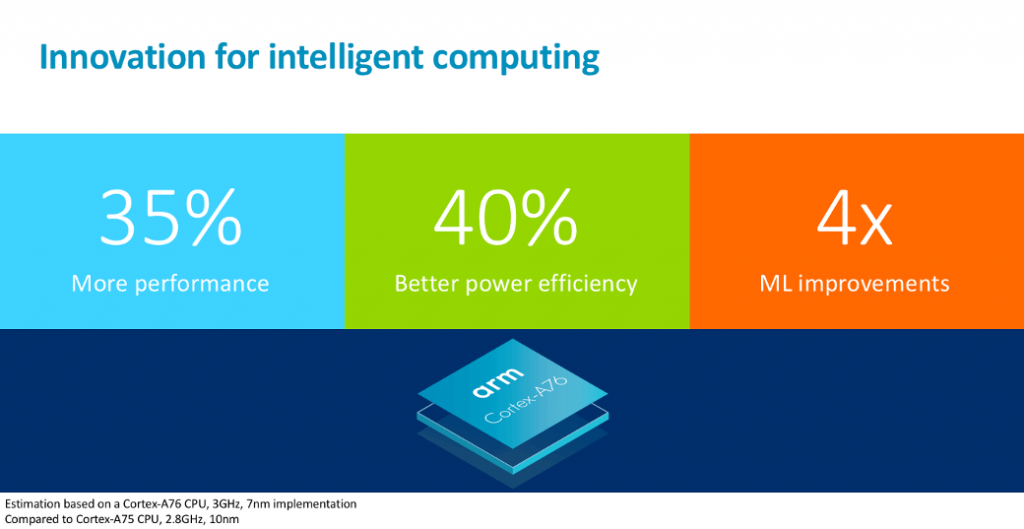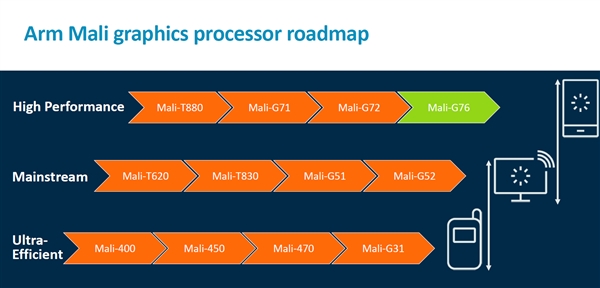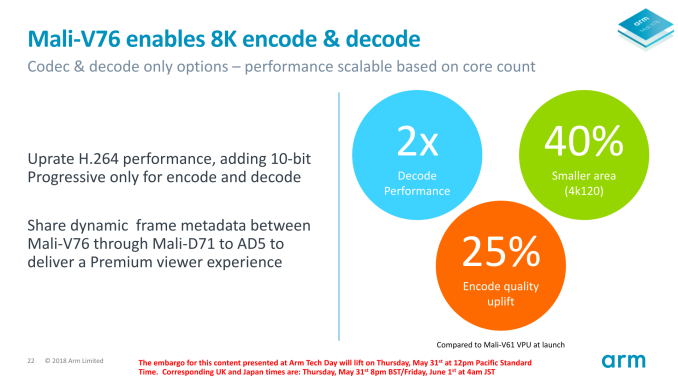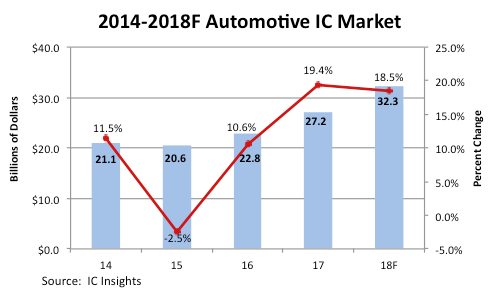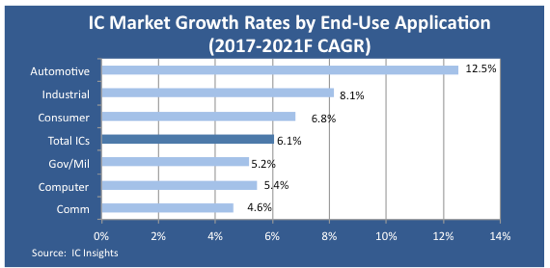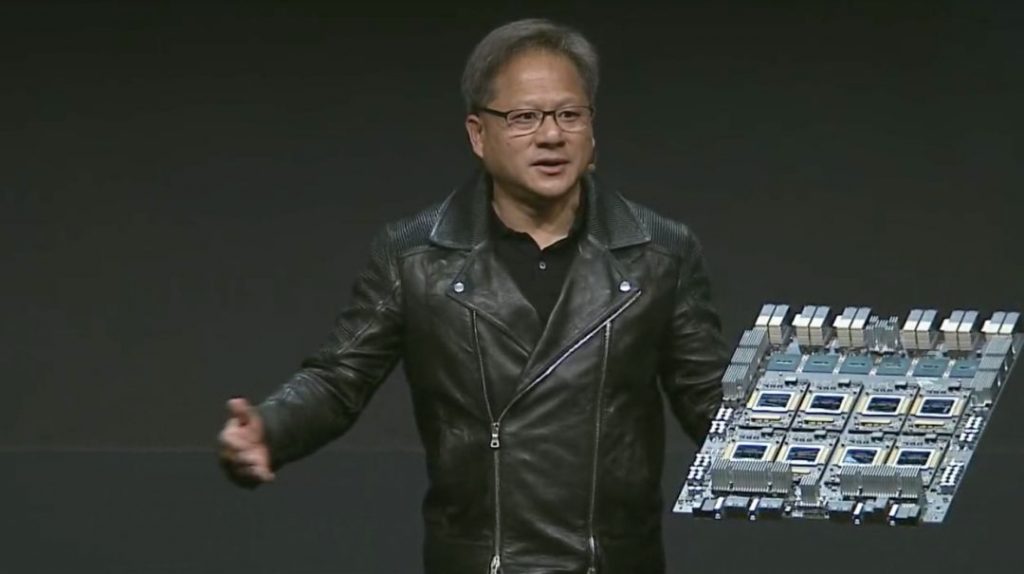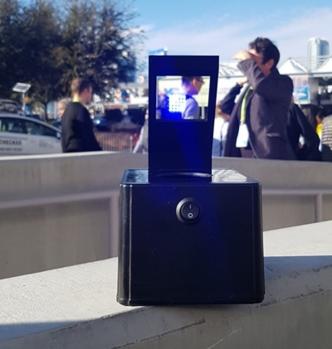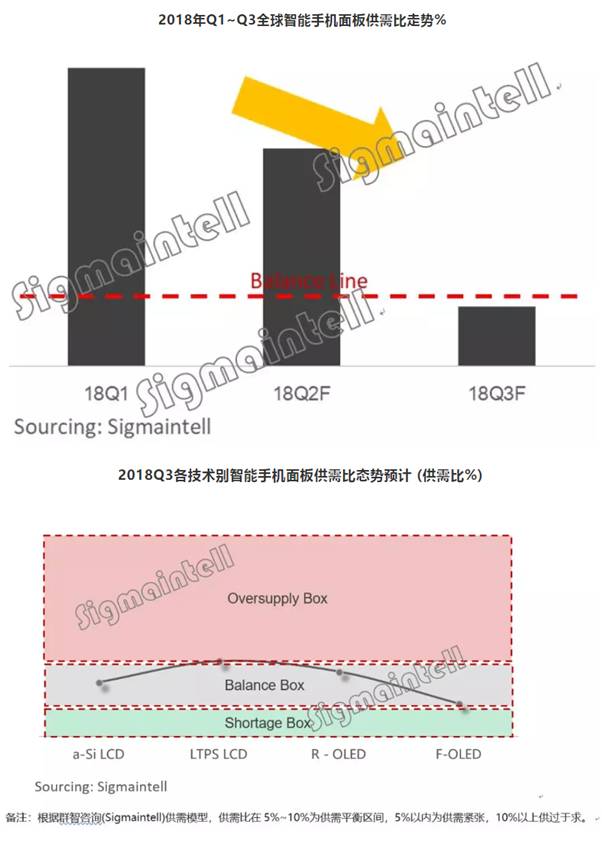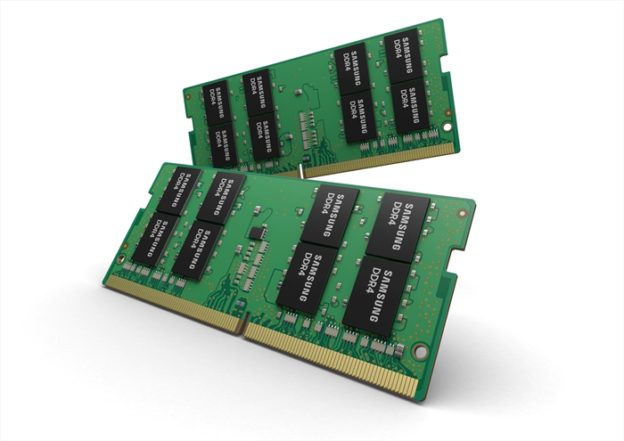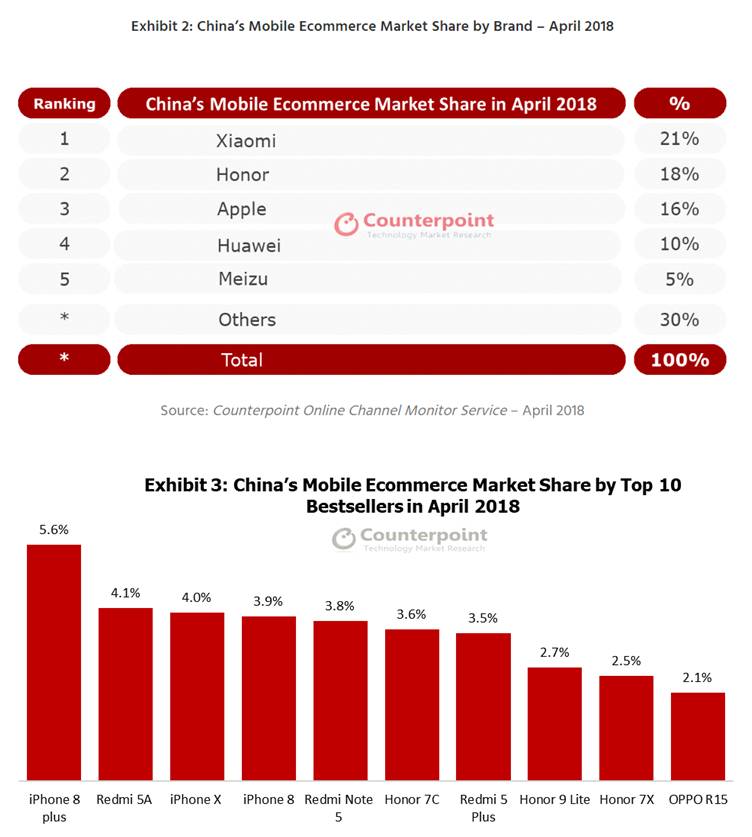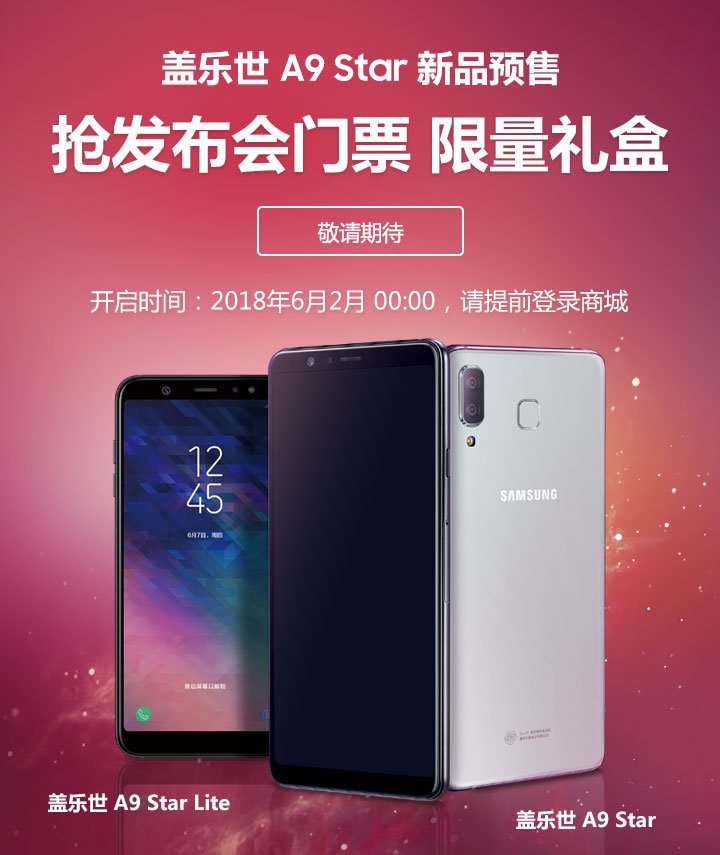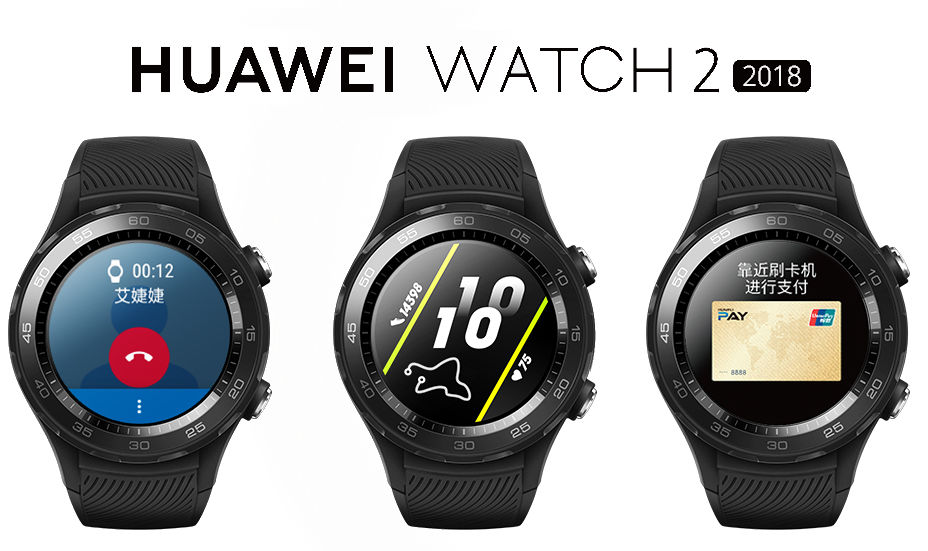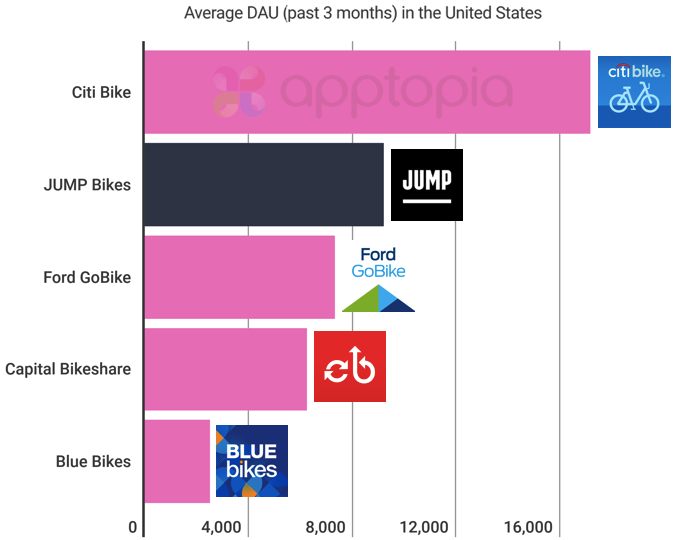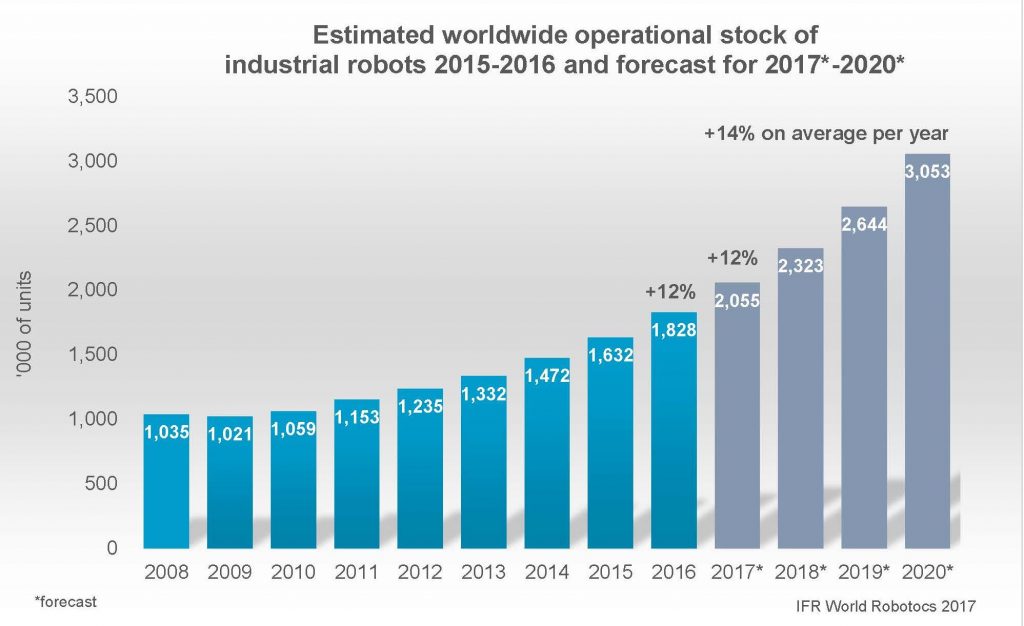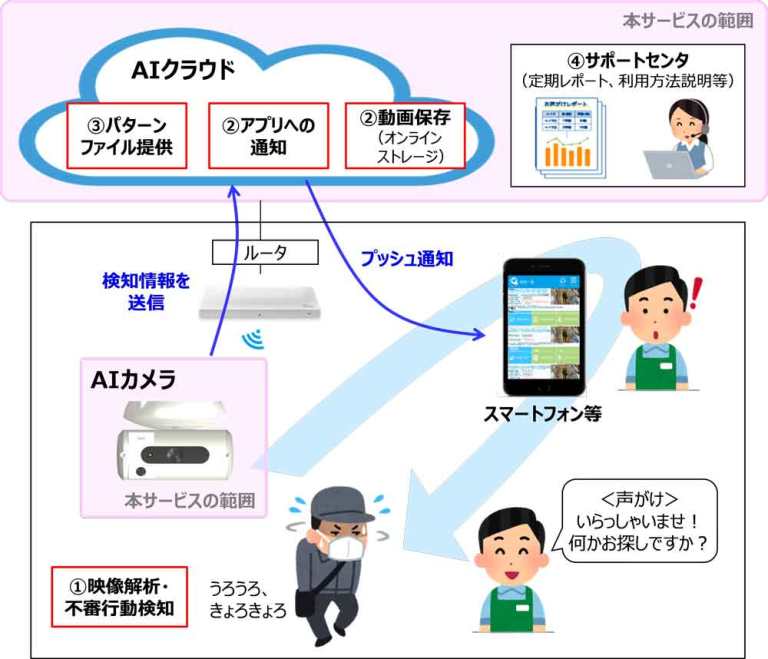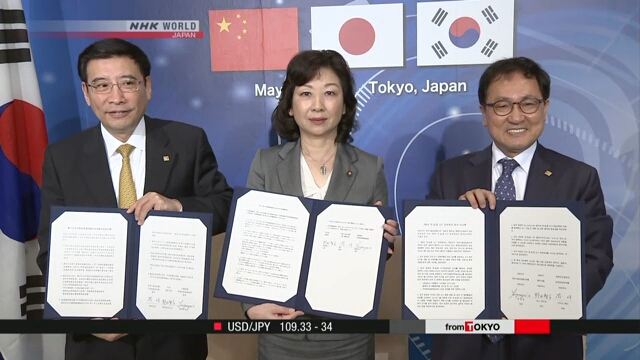
06-02: China’s antitrust investigation agency launched an investigation on Samsung, SK Hynix and Micron; Toshiba Corp has announced that it has completed the USD18B sale of its chip unit to a consortium led by U.S. private equity firm Bain Capital; etc.
Chipsets
ARM is unveiling a new big core—Cortex-A76. Compared to a current Cortex-A75 (10nm) running at 2.8GHz, an A76 (7nm) running at 3.0GHz promises 35% higher performance and 40% better power efficiency. The new CPU has nearly 4× improvement in speed when it comes to machine learning. Memory bandwidth is nearly double too. (GSM Arena, ARM, ARM, AnandTech, CN FOL, Sohu)
ARM announces the follow-up to the G72 and the latest offspring in the Bifrost family: The Mali G76. The targets of the GPU IP should be pretty clear: Improve performance, efficiency and area and try to catch up with the competition as much as possible. The new GPU promises a 30% microarchitectural efficiency improvement thanks to a consolidation of the functional blocks of the unit. (iFeng, CNFOL, IT Home, AnandTech)
ARM announces a new encode / decode IP block of video processor Mali-V76. The Mali-V76 supports 8K decode up to 60FPS or four 4K streams at 60FPS. At Full HD resolution, the video processor supports up to 16 streams of content, creating a 4×4 video wall. (AnandTech, XDA Developers, CIT News)
Consumer demand and government mandates for electronic systems that improve vehicle performance, that add comfort and convenience, and that warn, detect, and take corrective measures to keep drivers safe and alert are being added to new cars each year. This system growth, along with rising prices for memory components within them, are expected to raise the automotive IC market 18.5% in 2018 to a new record high of USD32.3B, surpassing USD27.2B in 2017, according to IC Insights. (IC Insights, press, Laoyaoba)
Nvidia debuts its HGX-2 GPU that blends AI and HPC (high performance computing) for next-generation business computing. Nividia CEO Jensen Huang has revealed that major server makers Lenovo, QTC, Supermicro and Wiwynn have committed to shipping HGX-2-based products later in 2018, and top ODMs Foxconn, Inventec, Quanta and Wistron are also working on HGX-2-based systems for global cloud datacenters. (Digitimes, press, Sohu, Laoyaoba, CCIDNet)
The time for GPU computing has come, and such computing is accelerating the development of AI, with demand for GPU computing power to see a 100-fold increase, according to Nvidia CEO Jensen Huang. He detailed a “Cambrian explosion” of technologies driven by GPU-powered deep learning. In less than a decade, the computing power of GPUs has grown 20-fold, representing a 1.7-fold growth per year, far outstripping Moore’s law. (Digitimes, press, Laoyaoba)
NXP Semiconductor has announced collaboration with Baidu Cloud. NXP will provide global IoT end-to-end secure solution “Secure Element” to Baidu for its smart IoT platform. This could ensure the security for the backend system to the unit structure. (East Money, Laoyaoba)
Touch Display
UK-based GaN-on-Si Micro LED developer Plessey Semiconductor have announced that it has partnered with AR vendor Vuzix to develop advanced Micro-LED display engines for Vuzix waveguide optics. Vuzix expects to introduce the Micro-LED microdisplay based AR glasses in 2019. Vuzix has selected Plessey’s microLED-based Quanta-Brite light engine. (Android Headlines, PR Newswire, Next Reality, MicroLED-Info)
Prices of flat panels for handset applications are likely to move upward in 3Q18 due to a surge in demand from smartphone vendors, notably Apple, according to Sigmaintell. Prices of a-Si panels will be trending upward along with the tight supply of DDIC (display driver integrated circuit) chips. Global demand for handset panels are expected to reach 530M units in 3Q18, up 31.4% sequentially. Sigmaintell estimates that the overall supply capacity of smartphone panels will increase by 8% on quarter in3Q18. (Digitimes, press, Sigmaintell, press)
Kunshan Govisionox Optoelectronics (GVO) has revealed that the company is developing Mini LED backlit, and speeding collaboration with international vendors to develop smartphone, TV applications. The company expects to enter mass production in 2H18. (TechNews, LED-100, LED Inside)
Storage
Japan’s Toshiba Corp has announced that it has completed the USD18B sale of its chip unit to a consortium led by U.S. private equity firm Bain Capital. The completion of the deal, initially aimed for by end-Mar 2018, has been delayed due to a prolonged review by Chinese antitrust authorities. China approved the deal in May 2018. (Android Headlines, Reuters, The Inquirer, Caijing, WSJ CN)
Samsung has announced it has started mass production of the world’s first 32GB DDR4 memory designed for gaming laptops. Designed in the SoDIMM form factor and based on the 10nm-class process, the new modules bring a slew of benefits to portable gaming machines, including higher capacities, faster speeds, and more energy efficiency. (TechNews, Samsung, New Electronics, Tech Spot)
In Dec 2017 and May 2018, after successively interviewing Samsung and Micron, on 31 May 2018 China’s antitrust investigation agency launched an investigation on Samsung, SK Hynix and Micron to determine if there are prices fixing and monopoly among the 3 manufacturers in recent years causing the soaring prices of DRAM. (Sina, TechNews, JRJ, DW News, Seeking Alpha, West Dollar)
Connectivity
Japan, China and South Korea are discussing ways to cooperate on 5G. They have agreed to work together to foster the development of 5G networks. There are only 5 companies in the world that are working on base stations for 5G technology, namely China’s Huawei, ZTE and Datang Telecom, Sweden’s Ericsson, and Finland’s Nokia. (GizChina, NHK, Huanqiu)
Phone
Google has now reportedly launched its budget device-geared file management application Files Go in China. The company is working with Tencent, Huawei, Xiaomi and Baidu, each of which will stock the app in their independent app stores, which are among the country’s most prominent third-party stores. (TechCrunch, Android Headlines, Tencent)
According to Counterpoint Research’s Apr 2018 performance analysis of brands and models, The top 4 brands (Xiaomi, Honor, Apple and Huawei) account for 65% of the market. Apple and Huawei saw better sales results on JD. com, while Xiaomi and Meizu performed better on Tmall. Meizu remained in the fifth spot with the popularity of the Meizu Metal. Apple led the market by sales volume in April, thanks to a greater than 7% discount of iPhone 8 and iPhone 8 Plus in ecommerce channels. (Counterpoint Research, blog, CN Beta)
Samsung Galaxy A9 Star and A9 Star Lite are launched in China: A9 Star – 6.28” 2220×1080 FHD+ Super AMOLED, rear dual 24MP-16MP + front 24MP, 4GB+64GB, 3700mAh, rear fingerprint scanner, face unlock, CNY3500. A9 Star Lite – 6” 2220×1080 FHD+ Super AMOLED, rear dual 24MP-16MP + front 24MP, 32GB, 3500mAh, rear fingerprint scanner, face unlock, CNU2699. (Laoyaoba, CN Beta, GSM Arena, Sam Mobile)
Wearables
Huawei Watch 2 (2018) is announced in China supporting eSIM / nano SIM – 1.2” 390×390 circular AMOLED, Qualcomm Snapdragon Wear 2100, 768MB+4GB, Android Wear 2.0, 3-axis A+G sensor, 3-axis gyroscope, 3-axis compass, ambient light sensor, barometer, heart rate sensor, NFC, 420mAh, from CNY1688. Android Headlines, GSM Arena, Vmall, Android Authority)
Automotive
Lyft is reportedly close to acquiring Motivate, the bike sharing behemoth responsible for New York City’s Citi Bikes and San Francisco’s Ford GoBikes. The acquisition is likely to be worth USD250M or more. (Engadget, The Information, 10JQKA, Ebrun, Donews, Mashable)
Robotics
According to IFR, nearly 70% of employees believe that robotics and automation offer the opportunity to qualify for higher skilled work. The technological change calls for targeted training and further education for employees. More than 3M industrial robots will be in use in factories around the world by 2020. This means that the operational stock will more than double within 7 years (2014-2020). (Laoyaoba, Vision Systems, Automation, IFR)
Artificial Intelligence
Google has reportedly planned to ramp up artificial intelligence (AI) research for military drones. One Sept 2017 exchange between Google AI chief Fei-Fei Li, two members of Google’s defense and intelligence sales team, and members of the communications team, notes that Project Maven alone would net USD15M over the next 18 months, and as much as USD250M in the coming years. (VentureBeat, The Intercept, CN Beta)
Microsoft CEO Satya Nadella touts the company’s research in brain technology . Microsoft has researchers working to determine how brain implants can augment a person’s intelligence. He has referred to Seeing AI, an app Microsoft developed that can help the blind understand what’s in front of them. He also said the company is working to assist people with locked-in syndrome. (CN Beta, Laoyaoba, MS Poweruser, CNBC)
NTT and tech company Earth Eyes have joined up to create AI Guardman. This is a new type of security camera that is backed up with an AI system that can detect behaviors attributed to shoplifters. (TechNews, Sora News, NHK, NTT)
